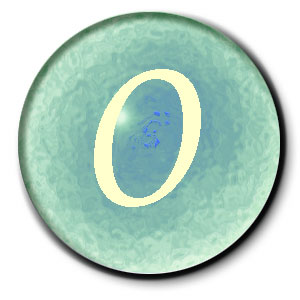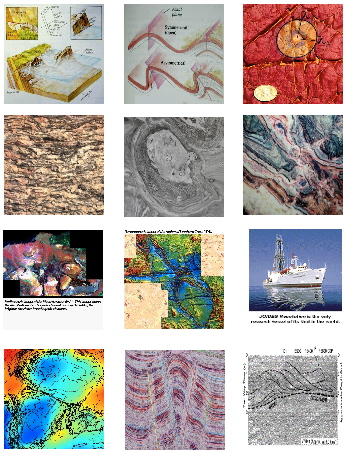|
|
|
Methods of Structural Geology and Tectonics |
|
|
|
 |
|
|
Data acquisition:
Structural geologists measure the attitude of structural elements ie. strike-dip-dip direction of planar features, and plunge plunge direction of linear elements. They determine the relative sense of displacement across faults. Based on cross-cutting relationships they determine the sequence of geological and deformational events, they also characterise the strain (Incremental and Finite Strain Analyses).
   
On aerial photographs and satellite images, structures too large to be seen in the field become obvious. When buried underneath sediments, geophysical images such as radiometric and aeromagnetic images can also provide additional information on the nature of the deep crust and its structure.
   
Underground information are also be gathered via drilling and geophysical methods such as gravimetry and seismic survey. Gravimetry gives information about the distribution of rocks density below the surface, whereas refraction and reflection seismology reveal variation in rocks' elastic properties.
    |
|
|
|
 |
|
|
|
|
|
|
|
|
|
|